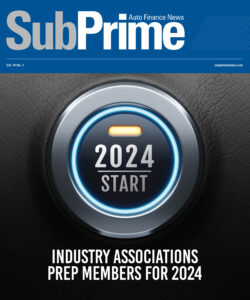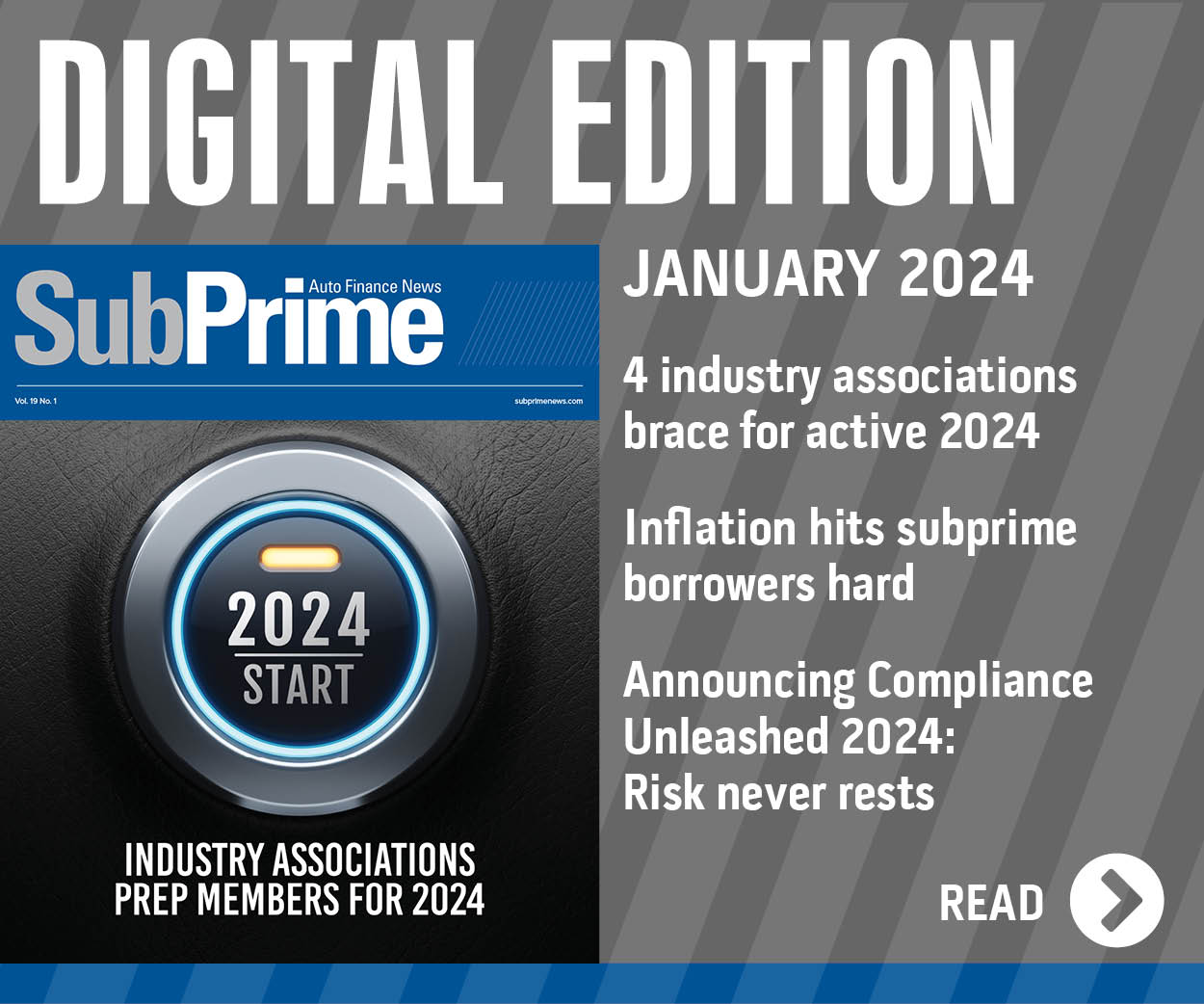America’s Car-Mart 1Q Earnings Send Mixed Signals
BENTONVILLE, Ark. – Though overall company and same-store revenue both grew for the first fiscal quarter ending July 31 and several dealerships were opened during that time period, executives with America's Car-Mart also pointed to several concerns when they announced its operating results this week.
According to America's Car-Mart, for the three months ended July 31, revenues rose to $62.2 million, compared with $58.2 million in the same period of the prior year — a 6.9 percent increase.
Company officials also noted that same-store revenue inched up 1.9 percent during the quarter and that finance receivables grew by $6.2 million during the quarter or 3.4 percent.
At the same time, America's Car-Mart posted gains in the number of dealerships during its first quarter, executives said. And they added that additional stores will open in the months ahead.
"During the quarter, we opened three new dealerships in Tuscaloosa, Ala.; Muscle Shoals, Ala.; and Sedalia, Mo.," said William "Hank" Henderson, president of America's Car-Mart. "In addition, we opened our 89th location in Cullman, Ala., in August, and our 90th location in Ponca City, Okla., opens in a few days.
"We also have three additional properties under contract for new dealership locations," Henderson noted. "Our new dealerships will be significant in terms of increasing our organic growth on top of our growth from existing locations."
But not all was good news for America's Car-Mart during its first fiscal quarter, the company announced.
Officials reported 1Q fiscal net income of $4.2 million, down 15 percent from the prior year period of $4.9 million.
Retail unit sales were also flat, according to executives, with 6,867 vehicles in the current quarter, compared to 6,885 in the same period last year.
"July vehicle sales were down substantially from last year's levels as a result of the difficulties affecting our customer base and the extreme heat experienced in our regions," said T. J. "Skip" Falgout III, chairman and chief executive officer of America's Car-Mart. "We are adjusting the mix of our vehicles to draw more and better traffic to our dealerships, including not only more fuel efficient vehicles but also more SUVs and pick-ups, which are now more affordable for our customers. Also, our recent initiatives on the purchasing side are having a positive effect on our ability to source quality inventory and, as a result, we have been able to increase our gross profit margins significantly, up from 43.2 percent in the preceding quarter to 44.4 percent in this quarter."
Falgout also said that America's Car-Mart's over-30-day accounts and credit losses were up over last year as their customers continued to struggle with high gas and utility costs.
"We will continue to work patiently with our customers, as we know over the long term this is one of the ways that we have successfully built our strong, loyal customer base," Falgout explained. "At the same time, we have tightened our underwriting somewhat, the effect of which should be to reduce potential credit losses in the future."
America's Car-Mart's earnings announcement prompted an immediate response by Jerry Marks, of AutoRetailStocks.com. "From the best we can tell, a bifurcation in demand trends appear to be occurring in the market. Specifically, we think the further down the income scale the retailer's customer base goes, the tougher it has been on sales," Marks wrote in his daily newsletter on Thursday. "Remember, the peer group of publicly traded franchised auto retailers observed an 8 percent same-store (unweighted) average increase in used vehicle revenues in calendar 2Q (ending June 30) and CarMax saw a 6 percent increase in comparable store used unit volumes (for the period ending May 31.)
"Now, the publicly traded franchised auto retailers and CarMax sell more 'late model' (one- to six-year-old) used vehicles versus America's Car-Mart, that tends to sell even older vehicles," Marks further said. "We have been hearing the older vehicles (products that cater more to the lower-income customers) have been moving slower. Although it is tough to reconcile this with Manheim's commentary last month, when their chief economist (Tom Webb) said in his monthly commentary: 'At the other end of the spectrum, many buy-here, pay-here dealers are seeing improved results. These dealers have complained for over a year about the high cost of low-end product in the wholesale market, so the general weakening in prices has helped them.'"

 View The Latest Edition
View The Latest Edition

